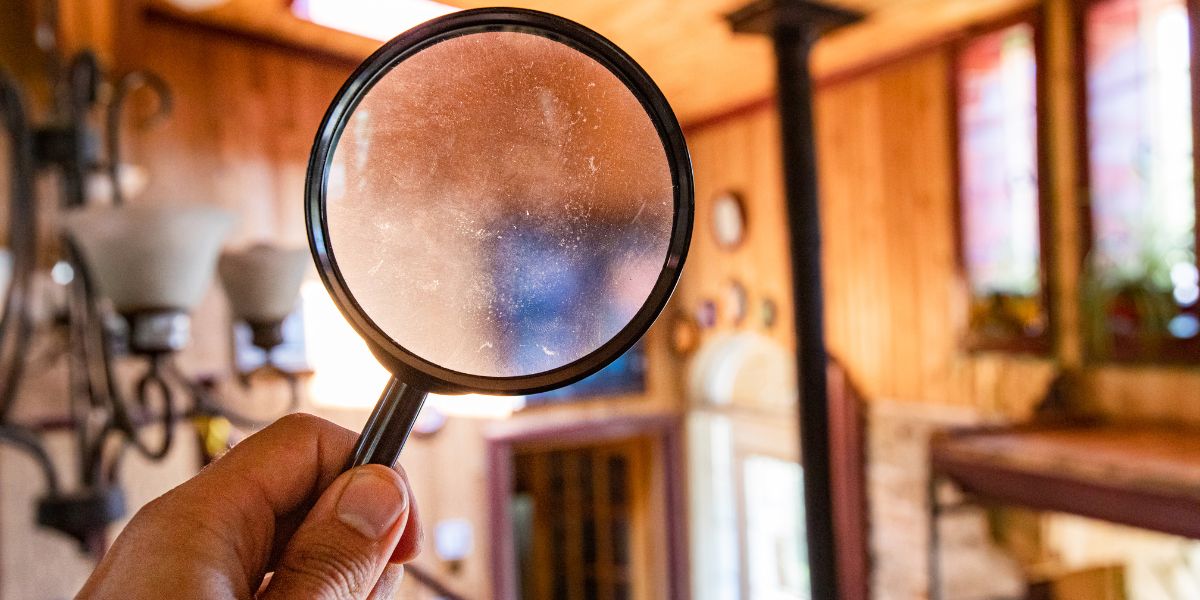Australia, with its diverse climates and environmental conditions, is home to a unique set of challenges regarding indoor air quality. Among the potential threats, mycotoxins, toxic compounds produced by moulds, stand out as a concern for buildings’ structural integrity and occupants’ health.

Understanding the common sources of mycotoxin contamination in Australian homes and buildings is crucial for implementing effective prevention and remediation strategies.
1. Moisture and Water Intrusion:
Australia’s varied climate, ranging from humid coastal areas to arid regions, provides different environments for mould growth. Moisture is the primary factor that fuels mould development and subsequent mycotoxin production.
Leaks, water intrusion from floods or heavy rainfall, and plumbing issues can create conditions conducive to mould growth. Identifying and promptly addressing sources of moisture is paramount in preventing mycotoxin contamination.
2. Poor Ventilation:
Inadequate ventilation exacerbates the risk of mycotoxin contamination in indoor spaces. Stagnant air promotes humidity buildup, creating an ideal environment for mould growth.
Spaces with poor ventilation, such as bathrooms, basements, and crawl spaces, are particularly susceptible. Improving ventilation by installing exhaust fans, proper air circulation, and maintaining HVAC systems can mitigate this risk.
3. Damp Building Materials:
Certain building materials are more prone to moisture absorption, providing an ideal breeding ground for mould and mycotoxin production. Materials like drywall, wood, and ceiling tiles can harbour moisture and promote mould growth. Using moisture-resistant materials in construction and addressing leaks promptly can help prevent mycotoxin contamination.
4. Indoor Plants and Soil:
While indoor plants can enhance the aesthetics of living space, the soil in plant pots can serve as a reservoir for mould growth. Overwatering or improper drainage can create a damp environment in the soil, leading to mould development. Regularly inspecting and maintaining indoor plants, ensuring proper drainage, and avoiding overwatering are essential in preventing mycotoxin contamination.
5. Carpeting and Upholstery:
Carpets and upholstery can trap moisture, providing an environment conducive to mould growth. Spills, leaks, or high humidity levels can lead to damp carpets and upholstery, promoting mould development and mycotoxins. Regular cleaning, proper ventilation, and addressing spills promptly can help mitigate the risk associated with these common household items.
6. HVAC Systems:
Heating, ventilation, and air conditioning (HVAC) systems are critical to indoor air quality. However, if not properly maintained, these systems can become sources of mycotoxin contamination.
Mould can grow in HVAC ducts and components, spreading mycotoxins throughout the building. Regular maintenance, including cleaning and inspecting HVAC systems, prevents mycotoxin issues.
7. Flood Damage:
Australia is no stranger to extreme weather events, including floods. Flood damage can have long-lasting consequences, introducing large amounts of moisture into buildings. Water-damaged structures provide optimal conditions for mould growth and mycotoxin production. Proper cleanup and remediation following floods, including thorough drying and disinfection, are crucial in preventing mycotoxin contamination.
8. Household Appliances:
Certain household appliances, such as washing machines, dishwashers, and refrigerators, can be sources of moisture if not properly maintained. Leaks or water buildup in these appliances can lead to mould growth and mycotoxin contamination. Regularly checking for leaks, proper maintenance, and ensuring adequate ventilation around appliances are essential preventive measures.
9. Improper Building Construction:
Sometimes, mycotoxin contamination can be linked to improper building construction practices. Insufficient sealing, poorly designed drainage systems, or the use of materials prone to mould growth can contribute to the presence of mycotoxins. Adhering to proper construction practices, using mould-resistant materials, and regular inspections can mitigate these risks.
10. Clothing and Personal Items:
Mycotoxin-contaminated environments can also impact personal items such as clothing, shoes, and bags. Mould spores and mycotoxins can attach to these items, potentially leading to indoor contamination. Regular cleaning and proper storage, especially in areas prone to mould, can help prevent the transfer of mycotoxins from personal items to indoor spaces.
11. Food Contamination:
While not directly related to the indoor environment, food contamination with mycotoxins is a significant concern. Certain moulds can produce mycotoxins in food, especially grains, nuts, and dried fruits.
Consuming contaminated food can lead to adverse health effects. Proper storage, regular inspection of food items, and adherence to food safety practices are essential in preventing mycotoxin exposure through the diet.

Importance of Testing:
Identifying the common sources of mycotoxin contamination is crucial, but the invisible nature of mycotoxins emphasises the importance of testing. Professional indoor air quality testing, conducted by experts like Jason Chapple and Graham Singleton from Air Quality Australia, provides a comprehensive assessment. Advanced testing methods, including air and surface sampling, can detect the presence and concentration of mycotoxins.
Testing offers several benefits. Firstly, it provides a clear understanding of the extent of mycotoxin contamination, guiding targeted remediation efforts. Secondly, it helps identify specific mycotoxins present, aiding in developing tailored solutions.
Thirdly, testing provides a baseline for ongoing monitoring, ensuring that preventive measures are effective and that the indoor environment remains free from mycotoxins.
In conclusion, while understanding the familiar sources of mycotoxin contamination lays the foundation for prevention, testing is the key to unlocking the full picture.
Combining awareness of potential sources with proactive testing measures allows homeowners and occupants to create indoor environments prioritising structural integrity and human health. In Australia’s dynamic climate, where the risk of mycotoxin contamination varies, testing becomes indispensable in pursuing healthier homes and buildings.

